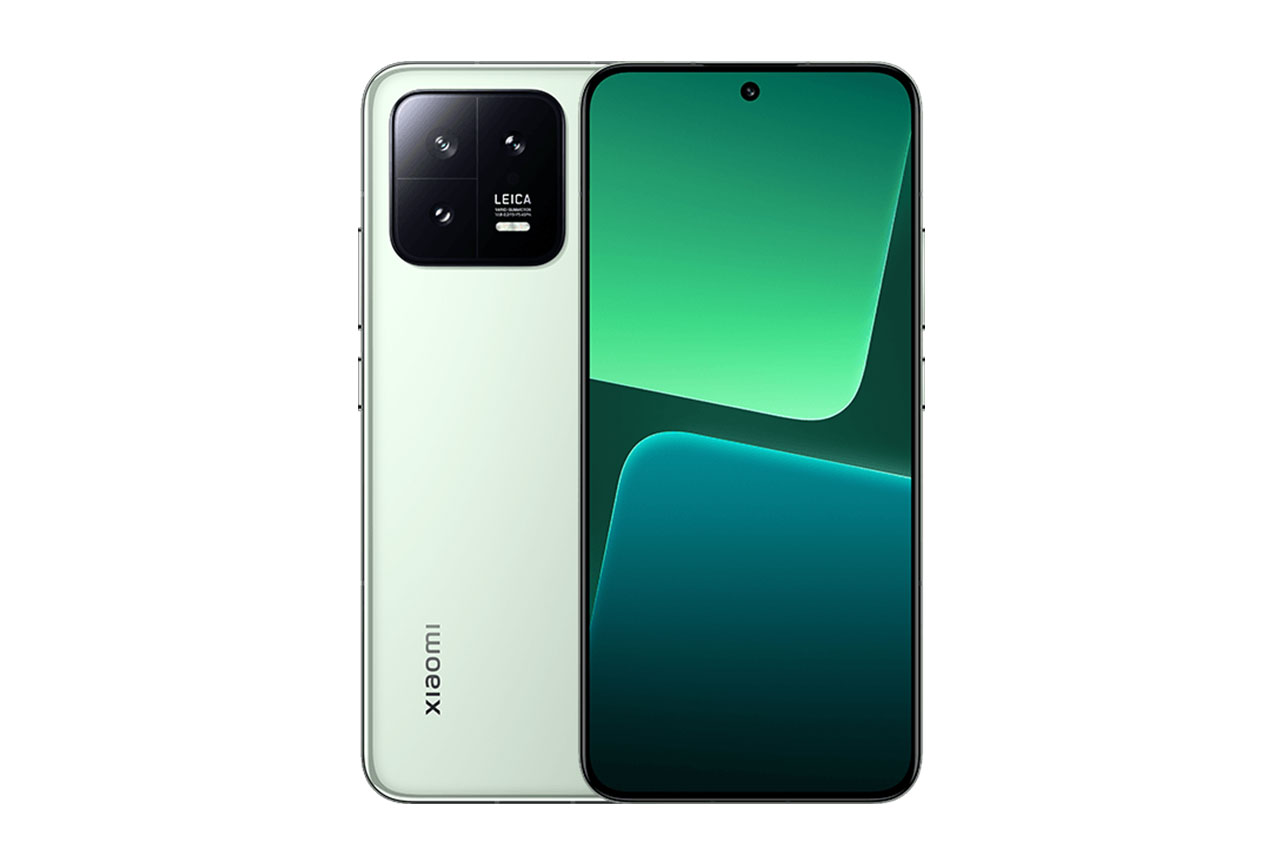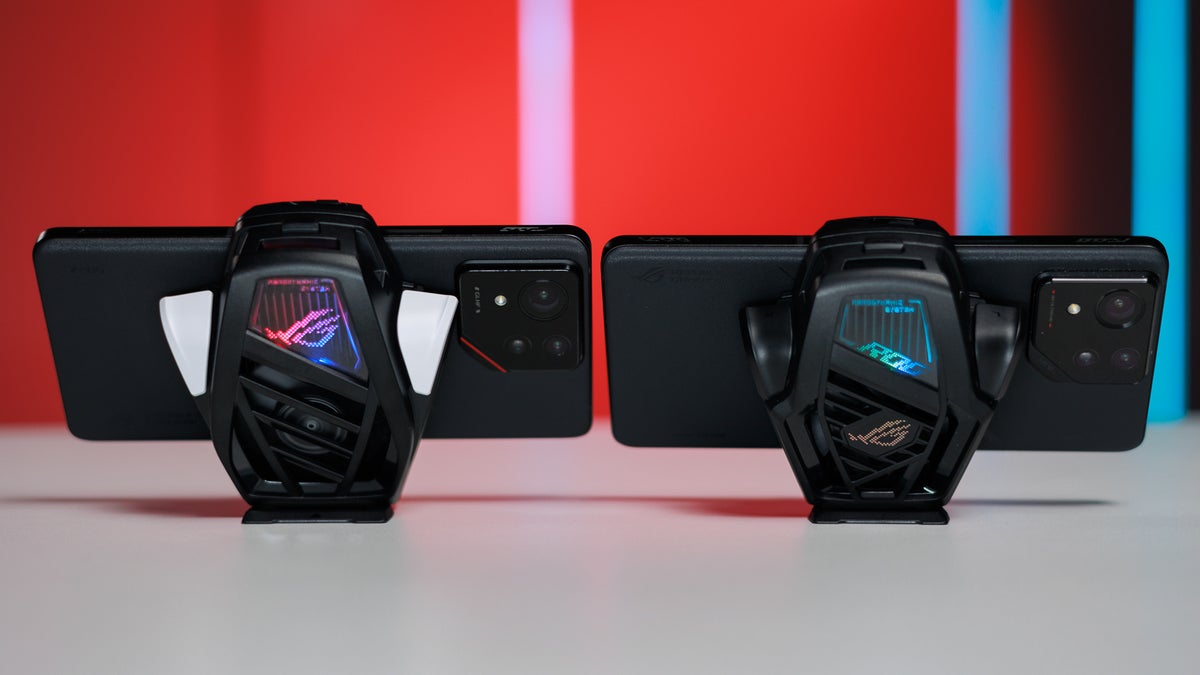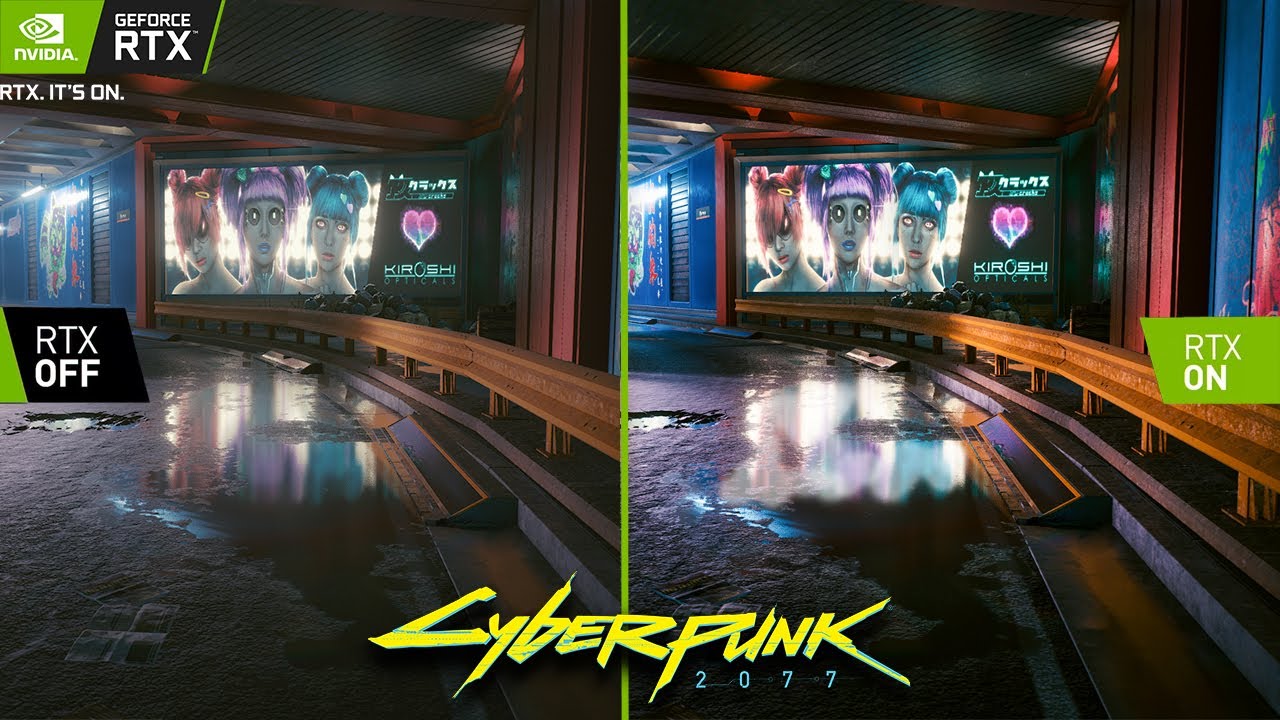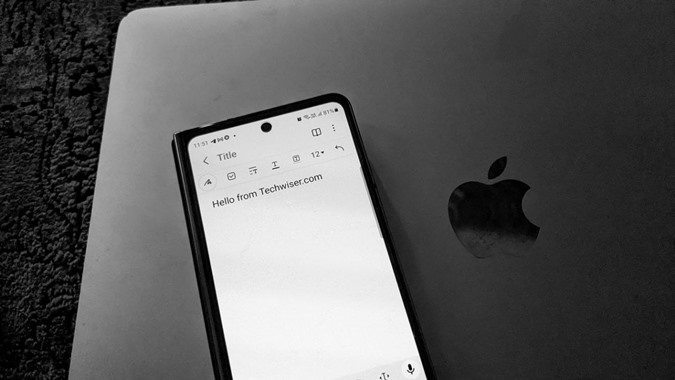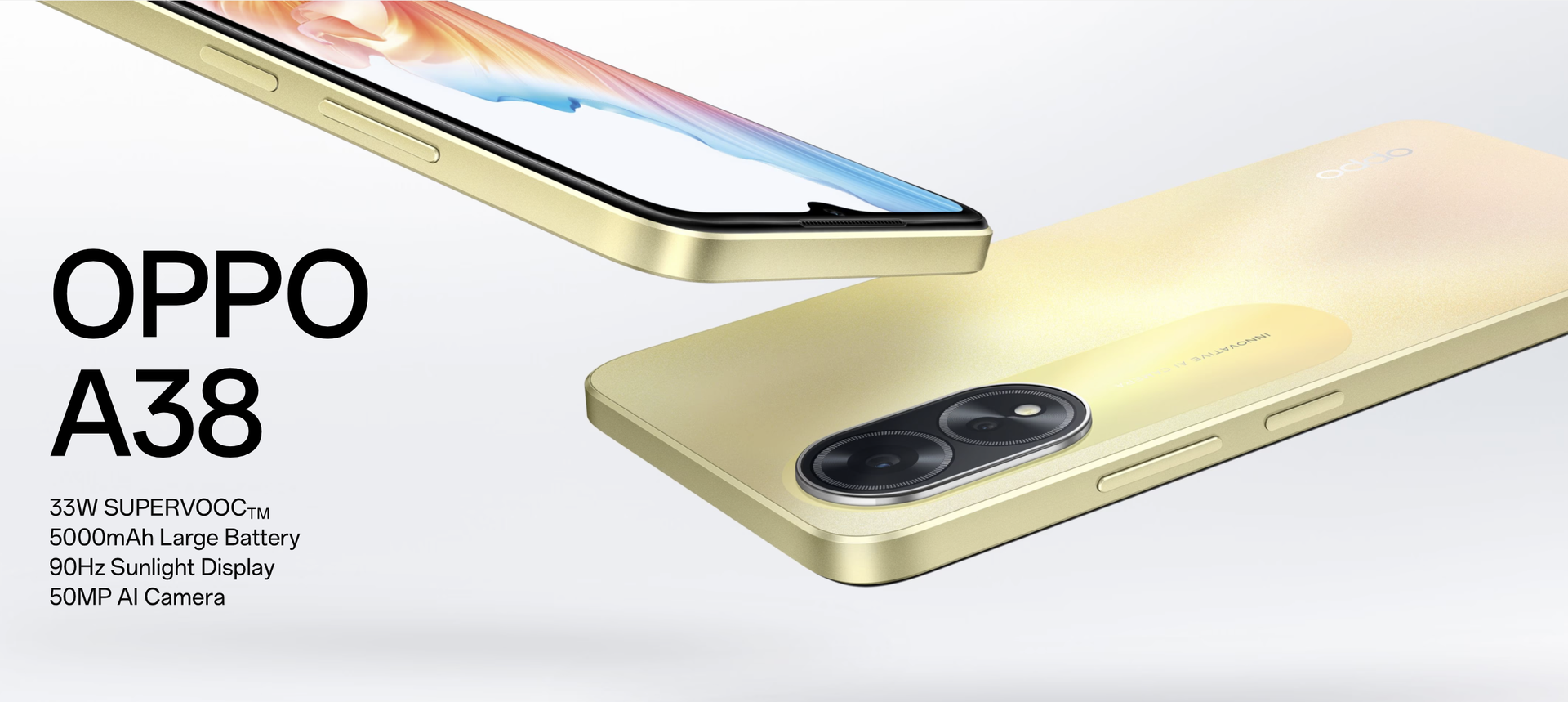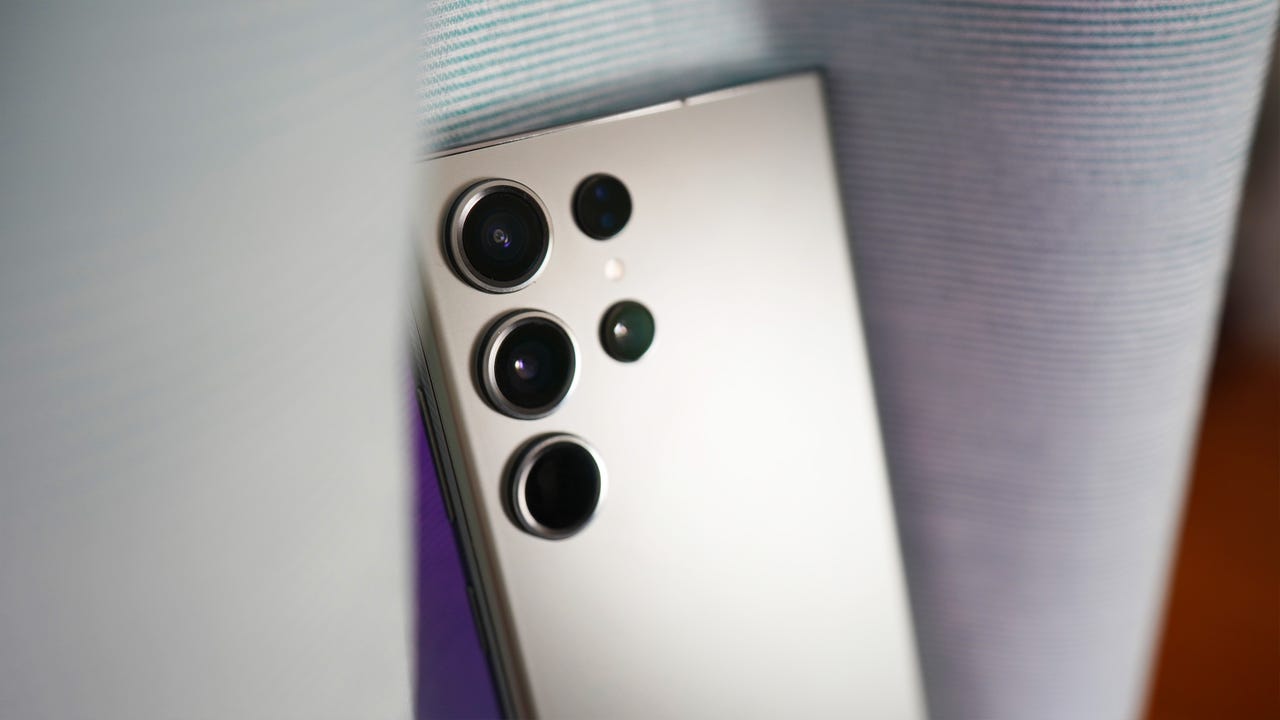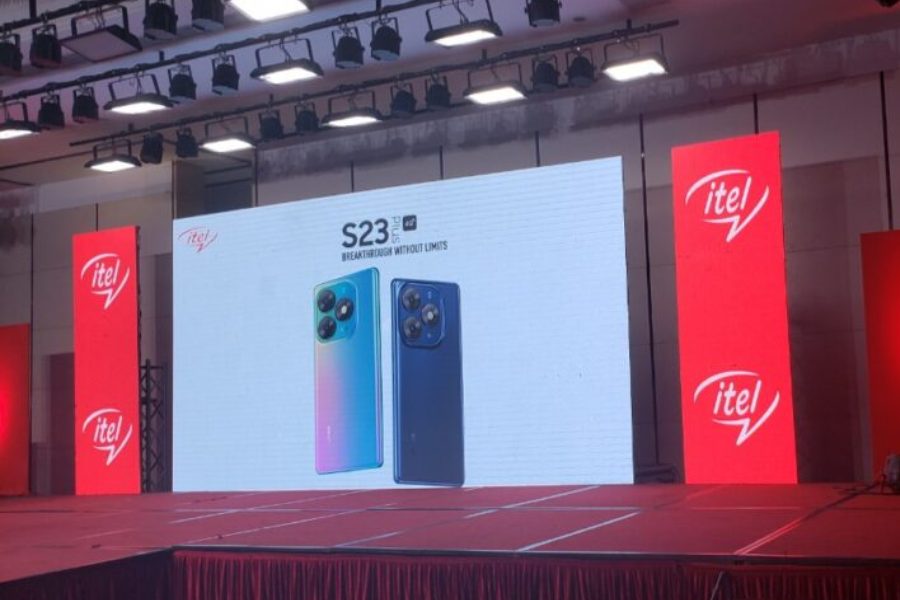The smartphone gaming industry has witnessed a surge in popularity, with titles like Call of Duty Mobile and Apex Legends Mobile pushing the boundaries. A significant advancement is the integration of ray tracing technology, now available on select devices.
Ray tracing, a graphics rendering technique, mimics real-world light behavior, offering gamers a more immersive experience. Qualcomm and MediaTek are at the forefront, introducing processors that support ray tracing. The Qualcomm Snapdragon 8 Gen 2 SoC and MediaTek Dimensity 9200 chipset lead this revolution.
While few phones currently support ray tracing, several standouts include:
Apple iPhone 15 and iPhone 15 Pro: Equipped with the A17 Pro chipset, promising smoother gameplay and optimized titles like Capcom’s Resident Evil Village.
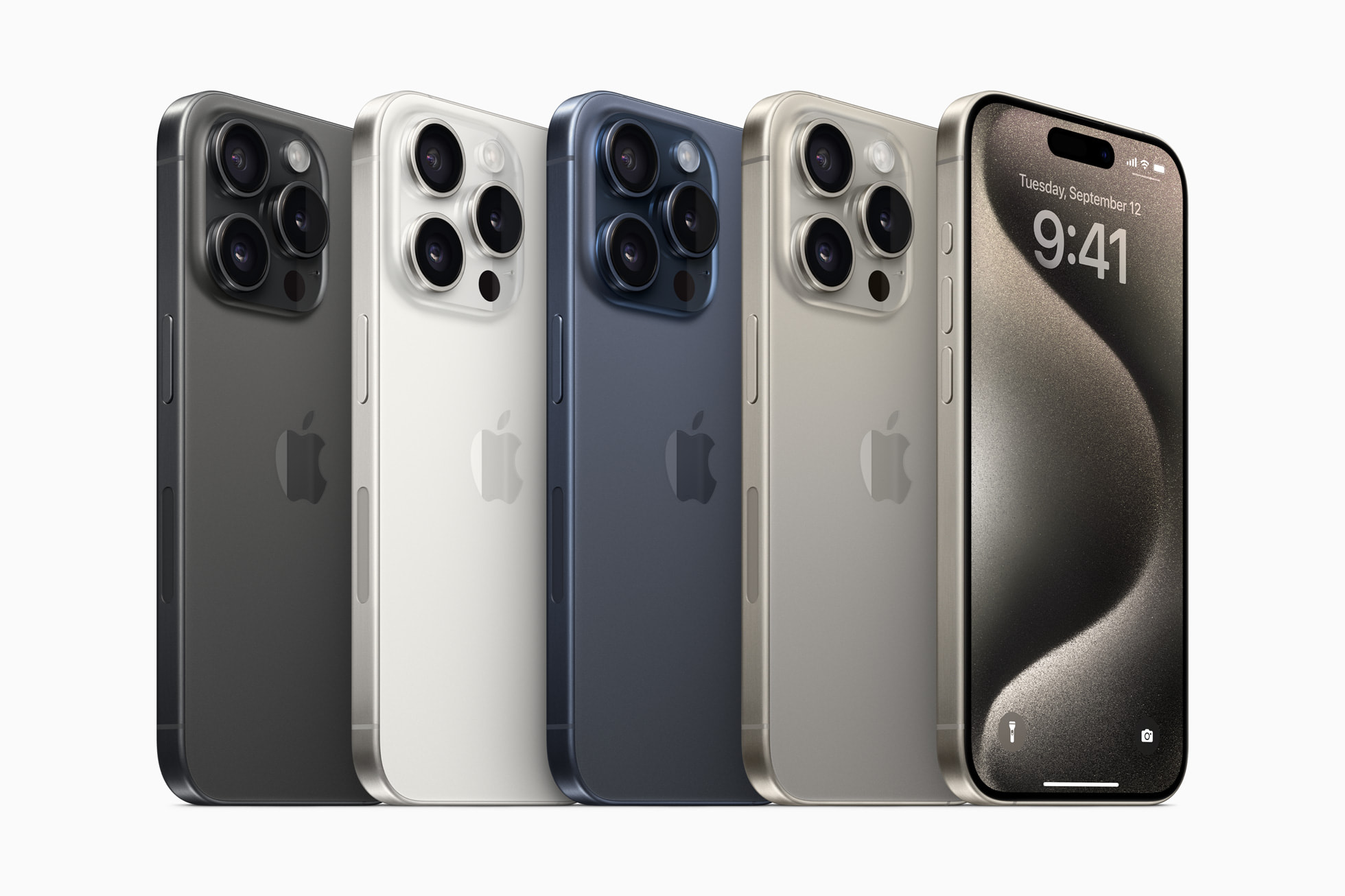
Samsung Galaxy S23 series: Powered by the Qualcomm Snapdragon 8 Gen 2 chipset, these flagship devices support ray tracing for an enhanced gaming experience.

iQOO 11 5G: Running on the Qualcomm Snapdragon 8 Gen 2, this flagship offers ray tracing support alongside features like a high-refresh-rate display and Android 13 OS.

OnePlus 11 5G: Featuring the Qualcomm Snapdragon 8 Gen 2, this device supports ray tracing and offers a range of high-end features including fast charging.

Xiaomi 13: This phone, equipped with the Qualcomm Snapdragon 8 Gen 2 processors, offers ray tracing support alongside other top-tier features.
